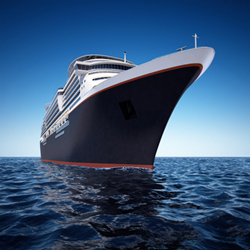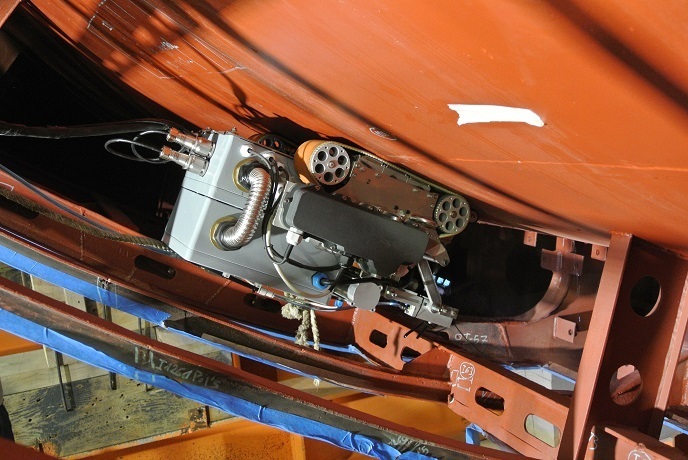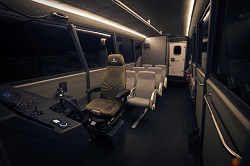Along with safety, ensuring passenger comfort
As the passenger ship industry is expanding to fulfil a variety of transportation needs, the passengers' comfort has an increasing impact on the operating revenues in the short term. More importantly, market shares in the long term will be influenced by passengers' acceptance of this mode of travel over air, road and rail alternatives. Passengers are becoming more selective about conflicting objectives, relating not only to convenience and price, but also comfort. Factors at issue include ship motion and the ambient environmental conditions, such as excessive vibration and noise. Within the COMPASS project, funded by the Fifth Framework Programme, an attempt was made to rationally define and quantify passenger comfort. The responses of passengers on four ships, two conventional large mono-hull cruise ships and two fast catamaran ferries, were collected during 33 trips. Since comfort can be assumed to be dependent on social, physical as well as situational factors, comfort was assessed on the basis of subjective responses from the 3150 questionnaires returned. Seasickness was found to be the most crucial and obvious factor contributing to the discomfort experienced by passengers aboard ships. Moreover, in a series of experiments conducted with a ship motion simulator 28 subjects were exposed to low-frequency sway and heave motion to evaluate comfort as a function of motion's magnitude. The interference of the ship motion in both passengers' physical and cognitive tasks was estimated through objective performance measurements. The latter were combined with the subjective ratings the passengers provided when specific questions were posed just after each task and trial. For all activities, the effort required by the passenger seemed to increase with increasing the motion amplitude, even though the passenger's performance was hardly affected. On the contrary, the experiments showed that physical tasks such as writing or walking, eating and drinking were considerably degraded. The framework behind these assessment procedures was based on existing knowledge and methodologies by which comfort levels are evaluated. However, the factors of passenger comfort identified and quantified could assist ship designers and operators to enhance the attractiveness of modern ships under the current competitive market conditions.





